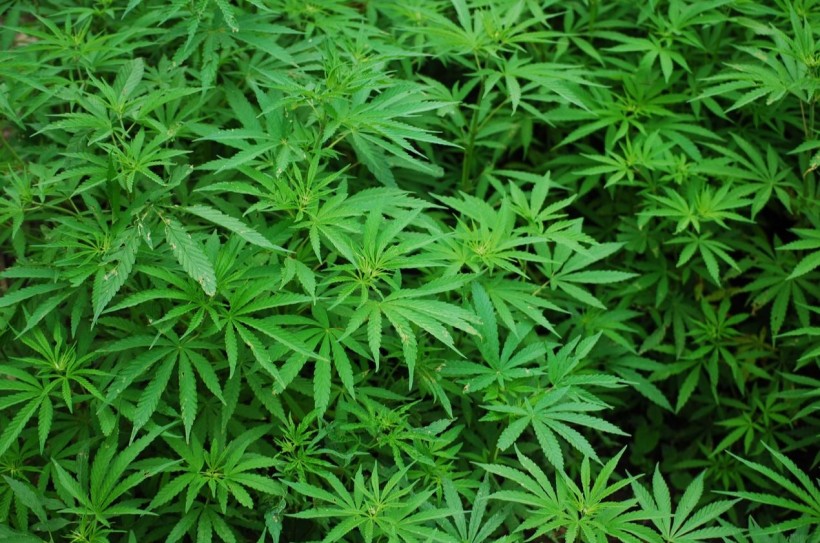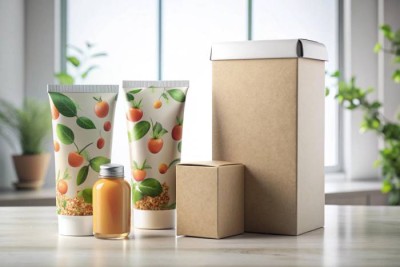Understanding Hemp Plants History and Legality
Warning: Undefined variable $post in /home/dietofli/public_html/wp-content/plugins/code-snippets/php/snippet-ops.php(584) : eval()'d code on line 3
Warning: Attempt to read property "ID" on null in /home/dietofli/public_html/wp-content/plugins/code-snippets/php/snippet-ops.php(584) : eval()'d code on line 3
The estimated reading time is 4 minutes
Warning: Undefined variable $post in /home/dietofli/public_html/wp-content/plugins/oxygen/component-framework/components/classes/code-block.class.php(115) : eval()'d code on line 3
Warning: Attempt to read property "ID" on null in /home/dietofli/public_html/wp-content/plugins/oxygen/component-framework/components/classes/code-block.class.php(115) : eval()'d code on line 3

What is Hemp/Industrial Hemp?
Hemp or industrial hemp, in particular, refers to the seeds, leaves, and stalk of the cannabis Sativa plant. These materials are further processed to create industrial products including textile, paper products, cosmetics, health supplements, building materials, and even fuel. Let it be known that hemp and industrial hemp are two terms that many people use interchangeably. The thing that makes hemp different from marijuana is its THC content. Hemp with less than 0.3% is considered legal with no psychoactive effects or properties.
Another important aspect of industrial hemp is CBD content. This is cannabidiol just like THC but it’s responsible for all the medicinal implications associated with hemp and cannabis.
Hemp is supposed to be an ancient plant. It was cultivated for centuries. History suggests that one of the oldest relics is a hemp fiber dating back to 8,000 AC.
Hemp Cultivation, Growth, and Development
Hemp is a short-day plant. This means, that it develops flowers when the days are shorter (about 12 hours). This is why most growers prefer to go with early plantations to promote healthy vegetative growth. This also helps in the production of more robust seeds and taller plants that yield high fiber. After June 21st, the days get shorter and around the 5th week after that, vegetative growth will slow down triggering flower development.
Hemp is a dioecious plant which means the plant can be both female and male. The growth rate and development between male and female plants are huge. For example, the male plant would flower and die earlier than the female plant. To overcome this problem, many planters go with monoecious cultivars that promise female pant growth. It also promises more seeds and greater fiber production.
Over the years, the cultivation and production of hemp have improved dramatically. Especially now with the passing of Farm Bill 2018, demand for this crop is seeing a massive surge.
One of the best things about hemp is that it’s a low-maintenance crop. It can endure harsh climatic conditions and demands less water for growth. You don’t even need any pesticides. All that and more make it an extremely environmentally-friendly crop.
Uses of Hemp
Let’s now take a look at the different usage patterns in which the hemp plant goes
- Around 50-60% of hemp production goes into making animal care and paper products
- Almost 25% is used in the automotive industry
- 20% of hemp yield is used for making construction materials
- 5% of the stock is used for making mattresses, agriculture, shoe soles, etc.
Hemp seeds go into the making of animal feed. Hemp usage is slowly expanding in the cosmetic and pharmaceutical industries. New research is now focused on medical research and development. Seeds and flowers of hemp go into health foods, and baby care products. Hemp is a renewable source. Therefore, it could offer an endless supply of raw materials essential for the production of literally thousands of products across the board in multiple industries.
Legality Aspect of Hemp Farming
The passing of the 2018 Farm Bill made it legal to cultivate, sell, and deliver industrial hemp that carries <0.3% THC on a dry weight basis. As per federal laws, THC levels higher than 0.3% count for illegal cannabis. Therefore, it’s important to be consistently considerate of the genetic profile of hemp clones and cultivars that a farmer invests in.
This Farm Bill has opened up new doors and opportunities for farmers to participate in hemp production more confidently than ever before and it will remain so for the next five years. After that, the legal status of the hemp crop might change. But, in the meantime, it should be easy for farmers to procure funding to engage in hemp production and the business of buying and selling hemp products.
World Leading Producers of Hemp
Currently, China holds the #1 spot for being the world leader in hemp production with over 70% of the world’s total hemp production to its credit. The next contenders are Canada, the United States, Chile, North Korea, and France.
The US has always had an interesting history and relationship with hemp and the legal status of this crop has always remained in a bit of flux. However, thanks to the 2018 Farm Bill, things are beginning to pick up the pace. Among many companies, IHF LLC holds the rank of being a leader and a pioneer. Check out this report on hemp acreage in the US in 2018. As of last year, over 70000 acres of land were used for hemp production across 23 states. With more liberal laws coming into the picture, the US might soon bag the first spot in being a world-leading producer of hemp.














